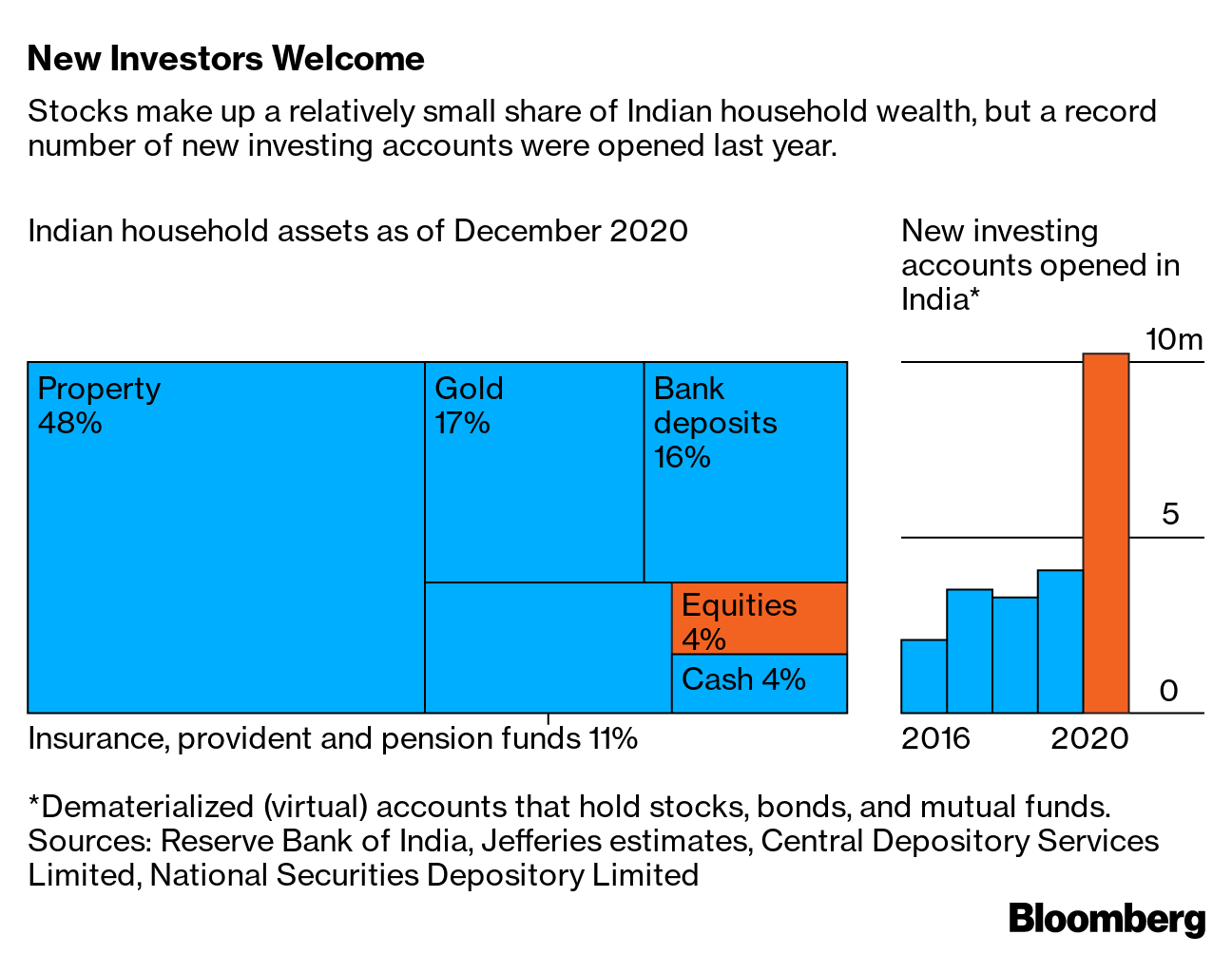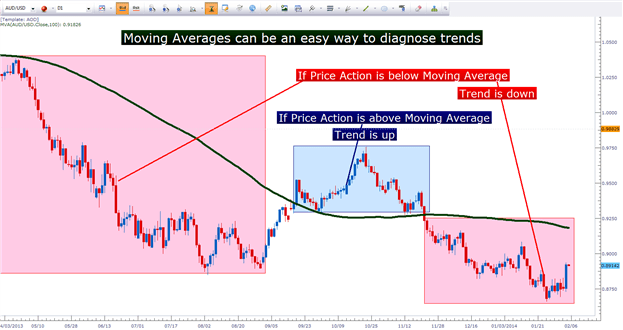
The lucrative trade of EUR/USD is a great way to earn extra income. The pair can be volatile at times and low volatility at others. The US and European sessions are the most popular sessions for EUR/USD traders. The US session is where the most significant economic data are released, while the European session has a lower level of activity. When traders have lunch, activity slows down. Then, it picks up again when US session opens. When European traders close positions, liquidity disappears from the market at 5:00 GMT.
Day trading strategy
It is important to consider several factors when creating a day trading strategy for Euro/USD. The main markets for this pair are London and New York, which provide plenty of information to intraday traders. Trades are most profitable when markets are open and prices change. However, price movements slow down during the hours before New York shuts down.

Volatility
It is important to understand volatility when trading in the currency markets. The price of a currency can fluctuate wildly because of speculations about its future. This could happen because of political news or unpredicted events.
Volume
The EUR/USD currency pair that is most commonly used for currency trading is in terms of volume. Recent months have seen a decrease in its trading volume. The EUR/USD was worth almost $831 billion in April 2019, a decrease of $26 million from April 2018. The GBP/USD traded at 15%, an increase of 13.5. The survey included 28 major banks active on the UK forex market. It showed that most FX product turnover increased since April.
Analysis of sentiment
Understanding market sentiment is crucial when trading forex. It is what determines whether the forex market is bullish/bearish. Bull markets will see prices rise, while bear markets will see prices drop. This analysis is used to aid traders in making trading decisions.
Limit and Take Profit Orders
Stop and limit orders are a great way to maximize your profit when trading currencies. These orders are fixed orders that either buy or sell at a specified price. If you are a long-term Trader, you can place a sale order if EUR/USD reaches 1.1100. A third option is to program your computer to place a purchase order when EUR/USD is above 1.1014.

Using a demo account
Demo accounts can be used to gain an understanding of forex trading before you decide to deposit real money. Demo accounts are a great way to get a better understanding of charts and trading signals, as well as patterns. When learning how to trade, beginners often require support and guidance. Brokers offer support 24/7, seven days a semaine. However, there are some brokers that only provide support during office hours, so be sure to choose a broker with 24 hour support.
FAQ
Should I invest in real estate?
Real Estate Investments are great because they help generate Passive Income. They do require significant upfront capital.
Real Estate is not the best choice for those who want quick returns.
Instead, consider putting your money into dividend-paying stocks. These stocks pay monthly dividends and can be reinvested as a way to increase your earnings.
What are some investments that a beginner should invest in?
The best way to start investing for beginners is to invest in yourself. They should also learn how to effectively manage money. Learn how to save for retirement. Learn how budgeting works. Learn how you can research stocks. Learn how to interpret financial statements. How to avoid frauds Learn how to make wise decisions. Learn how diversifying is possible. Learn how to guard against inflation. Learn how to live within your means. Learn how to save money. Learn how to have fun while you do all of this. You will be amazed at the results you can achieve if you take control your finances.
Should I buy mutual funds or individual stocks?
Mutual funds are great ways to diversify your portfolio.
However, they aren't suitable for everyone.
For example, if you want to make quick profits, you shouldn't invest in them.
Instead, you should choose individual stocks.
Individual stocks offer greater control over investments.
Additionally, it is possible to find low-cost online index funds. These funds let you track different markets and don't require high fees.
Statistics
- Most banks offer CDs at a return of less than 2% per year, which is not even enough to keep up with inflation. (ruleoneinvesting.com)
- They charge a small fee for portfolio management, generally around 0.25% of your account balance. (nerdwallet.com)
- As a general rule of thumb, you want to aim to invest a total of 10% to 15% of your income each year for retirement — your employer match counts toward that goal. (nerdwallet.com)
- Some traders typically risk 2-5% of their capital based on any particular trade. (investopedia.com)
External Links
How To
How to save money properly so you can retire early
When you plan for retirement, you are preparing your finances to allow you to retire comfortably. It's when you plan how much money you want to have saved up at retirement age (usually 65). You should also consider how much you want to spend during retirement. This includes hobbies, travel, and health care costs.
You don't always have to do all the work. A variety of financial professionals can help you decide which type of savings strategy is right for you. They will assess your goals and your current circumstances to help you determine the best savings strategy for you.
There are two main types of retirement plans: traditional and Roth. Traditional retirement plans use pre-tax dollars, while Roth plans let you set aside post-tax dollars. It all depends on your preference for higher taxes now, or lower taxes in the future.
Traditional Retirement Plans
You can contribute pretax income to a traditional IRA. You can make contributions up to the age of 59 1/2 if your younger than 50. If you want to contribute, you can start taking out funds. The account can be closed once you turn 70 1/2.
A pension is possible for those who have already saved. These pensions are dependent on where you work. Many employers offer match programs that match employee contributions dollar by dollar. Others offer defined benefit plans that guarantee a specific amount of monthly payment.
Roth Retirement Plans
Roth IRAs do not require you to pay taxes prior to putting money in. Once you reach retirement, you can then withdraw your earnings tax-free. However, there are some limitations. For example, you cannot take withdrawals for medical expenses.
A 401(k), another type of retirement plan, is also available. These benefits may be available through payroll deductions. Employees typically get extra benefits such as employer match programs.
401(k).
Most employers offer 401(k), which are plans that allow you to save money. They allow you to put money into an account managed and maintained by your company. Your employer will automatically contribute to a percentage of your paycheck.
You decide how the money is distributed after retirement. The money will grow over time. Many people take all of their money at once. Others spread out their distributions throughout their lives.
Other types of savings accounts
Some companies offer other types of savings accounts. TD Ameritrade can help you open a ShareBuilderAccount. With this account you can invest in stocks or ETFs, mutual funds and many other investments. You can also earn interest for all balances.
At Ally Bank, you can open a MySavings Account. Through this account, you can deposit cash, checks, debit cards, and credit cards. You can also transfer money from one account to another or add funds from outside.
What To Do Next
Once you are clear about which type of savings plan you prefer, it is time to start investing. Find a reputable investment company first. Ask family members and friends for their experience with recommended firms. Also, check online reviews for information on companies.
Next, decide how much to save. This step involves figuring out your net worth. Your net worth includes assets such your home, investments, or retirement accounts. It also includes liabilities such debts owed as lenders.
Divide your net worth by 25 once you have it. This is how much you must save each month to achieve your goal.
For example, let's say your net worth totals $100,000. If you want to retire when age 65, you will need to save $4,000 every year.